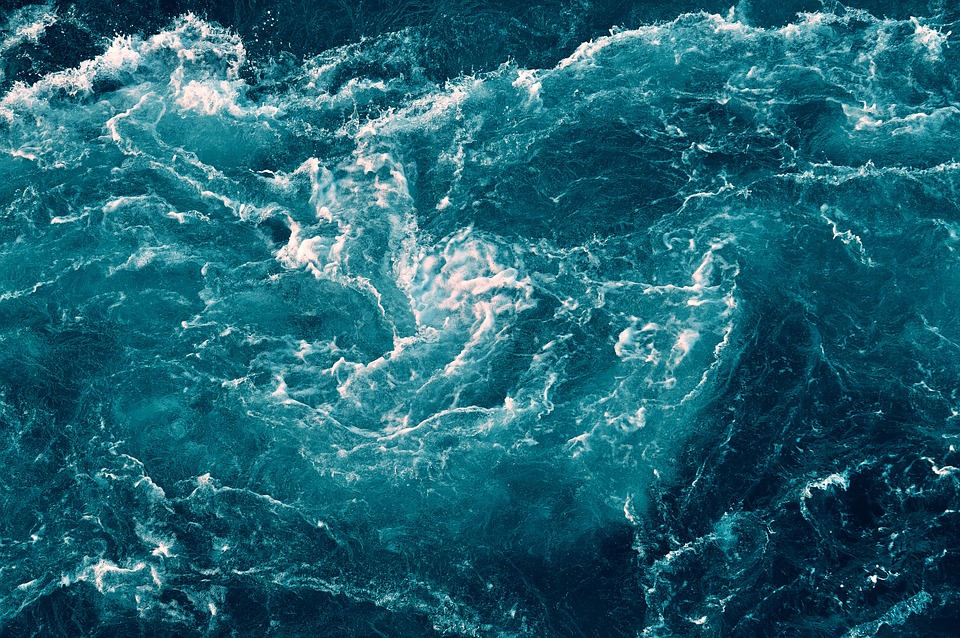What Is the Climate of Michigan? A Guide to Seasonal Patterns and Regional Variations
Michigan, located in the Great Lakes region, experiences a climate heavily influenced by its geographical features. The state is predominantly classified as having a humid continental climate, characterized by distinct seasonal variations and significant regional differences.
1. General Climate Overview: Humid Continental Climate
Humid Continental Characteristics
Michigan’s climate features cold, snowy winters and warm, humid summers, typical of the Midwest. The state’s weather patterns are marked by substantial temperature fluctuations throughout the year.
Influence of the Great Lakes
The Great Lakes—Michigan, Superior, Huron, and Erie—play a crucial role in moderating temperatures and increasing precipitation. They create unique weather phenomena, particularly lake-effect snow, where cold air passes over warmer lake waters, resulting in heavy snowfall in nearby areas.
2. Seasonal Climate Patterns in Michigan
Winter (December to February)
– Temperatures: Average between 15°F and 30°F (-9°C to -1°C).
– Snowfall: Heavy snowfall is common, especially in western Michigan and the Upper Peninsula due to lake-effect snow.
– Conditions: Occasional sub-zero temperatures are experienced in northern regions.
Spring (March to May)
– Temperatures: Range from 30°F to 70°F (-1°C to 21°C).
– Weather: Frequent rain showers and melting snow lead to high water levels and lush vegetation.
– Variability: Weather can be unpredictable with late snow possible in March and early heatwaves in May.
Summer (June to August)
– Temperatures: Typically range from 70°F to 85°F (21°C to 29°C).
– Humidity: The season is warm and humid, with cooler temperatures near lakeshores due to lake breezes.
– Storms: Thunderstorms are common, especially in July and August.
Autumn (September to November)
– Temperatures: Cooling from 50°F to 70°F (10°C to 21°C) early in the season down to 30°F to 50°F (-1°C to 10°C) by November.
– Foliage: Known for beautiful fall colors, attracting tourists.
– Rainfall: Increasing rainfall with occasional early snow by late November.
3. Regional Climate Variations Across Michigan
– Upper Peninsula: Experiences colder and snowier conditions than the Lower Peninsula, with long winters and mild summers.
– Western Michigan (Lake Michigan Coast): Notable for heavy snowfall due to lake-effect snow, with milder winters along the lakeshore.
– Eastern and Southern Michigan: Generally sees more moderate snowfall and warmer summers, particularly in southeastern cities like Detroit.
4. The Great Lakes’ Influence on Michigan’s Climate
Lake-Effect Snow
Lake-effect snow occurs when cold air moves over warmer lake waters, leading to intense snowfall in areas close to the lakes. This phenomenon is enhanced during winters with less ice cover on the lakes.
Temperature Moderation
The Great Lakes help moderate temperature extremes, resulting in cooler summers and milder winters along their shores compared to inland areas.
Increased Precipitation
Proximity to the lakes contributes to increased rainfall during spring and summer months, fostering Michigan’s lush landscapes.
5. Climate Change and Its Effects on Michigan
Warmer Winters
Average temperatures have risen by approximately 2-3°F since the early 20th century, leading to shorter winters with less snowpack. This trend impacts winter sports industries significantly.
Changing Lake Levels
Increased rainfall and extreme weather events affect water levels in the Great Lakes, which can impact local ecosystems and shorelines.
Increased Summer Heat
Summers are becoming hotter and more humid, with a higher frequency of heatwaves posing health risks for residents.
FAQs
– What is lake-effect snow, and how does it impact Michigan?
Lake-effect snow results from cold air moving over warmer lake waters, causing heavy snowfall near the lakeshore.
– How cold does it get in the Upper Peninsula?
Temperatures can drop significantly below freezing during winter months, often reaching sub-zero levels.
– When is the best time to see fall foliage in Michigan?
October is typically the peak month for vibrant fall colors across the state.
– What are summers like near the Great Lakes?
Summers are warm and humid but cooler near the lakes due to breezes that mitigate heat.
– How does climate change affect Michigan’s weather patterns?
Climate change leads to warmer temperatures, increased precipitation variability, and more frequent extreme weather events.
– Are Michigan’s winters getting warmer over time?
Yes, winters are becoming milder with shorter durations of snow cover due to rising average temperatures.
Conclusion
Michigan’s climate is characterized by its humid continental nature shaped by the Great Lakes. With four distinct seasons influenced by regional variations—ranging from heavy snowfall in the Upper Peninsula to milder conditions in southern cities—the state’s weather patterns are unique. However, climate change poses challenges that could alter these seasonal patterns significantly. Understanding these dynamics is crucial for residents and policymakers alike as they navigate an evolving climate landscape.

Kyle Whyte is a notable scholar and professor at the University of Michigan, holding positions such as the George Willis Pack Professor in the School for Environment and Sustainability and Professor of Philosophy. Specializing in environmental justice, his work critically examines climate policy and Indigenous peoples’ ethics, emphasizing the nexus between cooperative scientific endeavors and Indigenous justice. As an enrolled Citizen Potawatomi Nation member, he brings a vital perspective to his roles as a U.S. Science Envoy and member of the White House Environmental Justice Advisory Council. His influential research is supported by various prestigious organizations including the National Science Foundation, and disseminated through publications in high-impact journals. Kyle actively contributes to global Indigenous research methodologies and education, with affiliations to numerous institutes and societies dedicated to traditional knowledge and sustainability. Recognized for his academic and community engagement, Kyle has earned multiple awards and served in various visiting professorships. His efforts extend to leadership positions on boards and committees focused on environmental justice nationwide.
